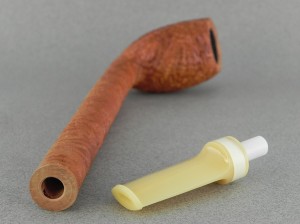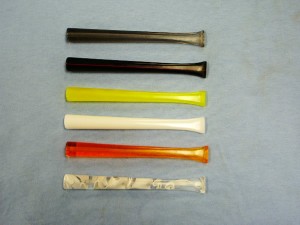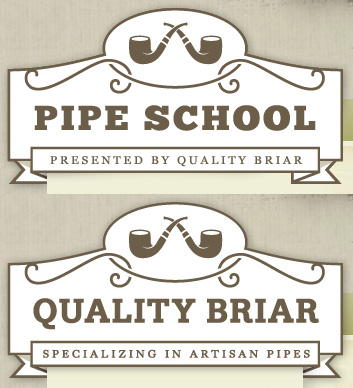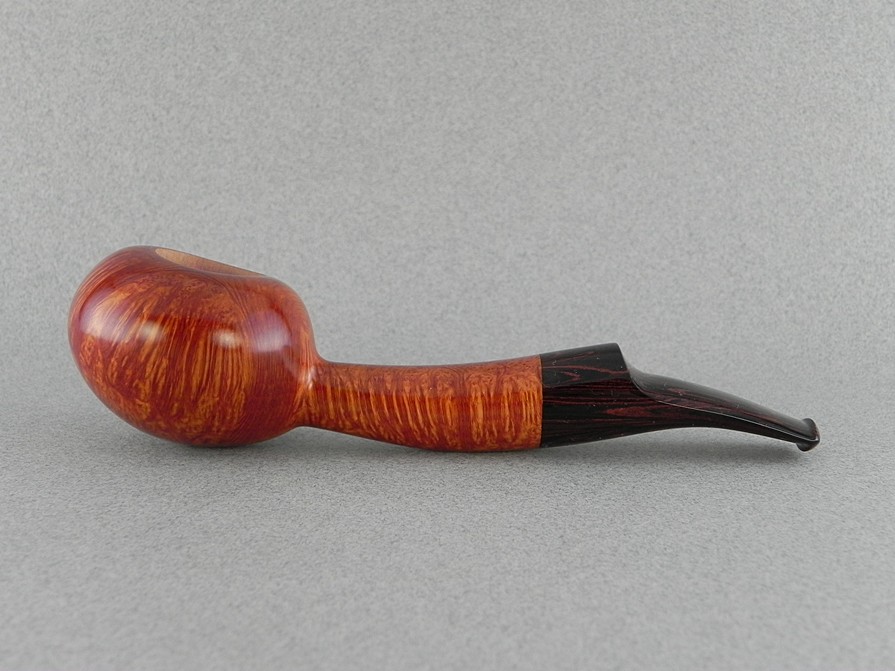 I remember the first time I had Coke out of a glass bottle. Yes, I am showing my youth. However, for almost all of my life, I had been having coke from either a plastic bottle, aluminum can, or out of a fountain dispenser. Then I tried it out of a glass bottle and experienced an entirely different flavor: it tasted sweeter, fuller, and far more delicious. I asked my brother why this was and he explained that it was just the difference in the container. Each container has its loyalists and no one is empirically better than the other, though some will argue long and hard to make the case for their favorite. In reality, the difference may have all been in my head. At that moment, however, I converted to the religion of the glass Coke bottle.
I remember the first time I had Coke out of a glass bottle. Yes, I am showing my youth. However, for almost all of my life, I had been having coke from either a plastic bottle, aluminum can, or out of a fountain dispenser. Then I tried it out of a glass bottle and experienced an entirely different flavor: it tasted sweeter, fuller, and far more delicious. I asked my brother why this was and he explained that it was just the difference in the container. Each container has its loyalists and no one is empirically better than the other, though some will argue long and hard to make the case for their favorite. In reality, the difference may have all been in my head. At that moment, however, I converted to the religion of the glass Coke bottle.
In a way, this is similar to a few of the debates that we have in pipes. Everyone has heard the briar versus meerschaum versus corncob (and the occasional clay contender), but there is another, less well-known, equally divisive debate: stem material.
I’m going to be honest. I was very shaky about the whole stem material thing. I mean, really: Bakelite, Ebonite, Lucite, Vulcanite, and acrylic. They sound more like Tolkien-style names than something crucial to the enjoyment of a pipe and one that could create so many divisions and red-faces. What the hell are they? Are there any real advantages to each?
 First, let’s knock Bakelite off the list. As far as my research tells me, and I’m happy to be corrected if wrong, it is rarely used nowadays. It was popular in the early 20th century and was one of the first plastics made from synthetic components. It can still be found occasionally on contemporary pipes, but mostly in yellowish tones and for an antique appeal, as is seen in this lovely piece by Todd Johnson n the left. It’s scientific name is polyoxybenzylmethylenglycolanhydride, which clearly explains why it’s called Bakelite. I guess…
First, let’s knock Bakelite off the list. As far as my research tells me, and I’m happy to be corrected if wrong, it is rarely used nowadays. It was popular in the early 20th century and was one of the first plastics made from synthetic components. It can still be found occasionally on contemporary pipes, but mostly in yellowish tones and for an antique appeal, as is seen in this lovely piece by Todd Johnson n the left. It’s scientific name is polyoxybenzylmethylenglycolanhydride, which clearly explains why it’s called Bakelite. I guess…
Amber is another one that we can discuss rather quickly. Amber stems are made out of that same material that they found the mosquito in in Jurassic Park, only this one won’t lead to being chased by a T-Rex. It is fossilized tree resin that results in a beautiful, albeit brittle and fragile, material with a glassy finished. Almost all examples of amber stems are found on Meerschaum pipes. I can’t find any real reason for this, but it does make sense that the more fragile medium for pipes is accompanied by the most fragile stem material. Due to its visual popularity, it is not uncommon to find Ebonite stems that replicate the appearance of amber without the fragility.
Here is where things start to get complicated, so work with me. The four remaining words often used for stem material are Ebonite, Vulcanite, Lucite, and acrylic. However, in terms of chemical and physical properties, Ebonite and Vulcanite stems are exactly the same, as are Lucite and acrylic. So, for the purposes of clarity, I will use the terms Ebonite and Lucite, as they are the two most common.
In terms of usage, there is one difference between Ebonite and Vulcanite. Though they are the same in definition, there is a different connotation. People often use the word Vulcanite to refer to stems made out of that material that are preformed. That means they are given to the pipe maker already in the shape of a stem with the internal drilling already completed and the pipe maker need only fit the stem to the pipe that he has made.
 Ebonite is a an extremely hard rubber that is created through the vulcanization of rubber for long periods of time – thus why it is commonly called Vulcanite. For you science geeks, vulcanization is a chemical process used to convert rubber or other similar polymers into more durable materials. This is done through the addition of curatives or accelerators, such as sulfur. Where does it get the name Ebonite, you ask? Well, the result of this vulcanization is an extremely black material and was used as an alternative for ebony.
Ebonite is a an extremely hard rubber that is created through the vulcanization of rubber for long periods of time – thus why it is commonly called Vulcanite. For you science geeks, vulcanization is a chemical process used to convert rubber or other similar polymers into more durable materials. This is done through the addition of curatives or accelerators, such as sulfur. Where does it get the name Ebonite, you ask? Well, the result of this vulcanization is an extremely black material and was used as an alternative for ebony.
In terms of why Ebonite is popular, a number of pipe makers with whom I have spoken, such as Alex Florov, say that it is easier to work with than Lucite. It also is a slightly softer material that Lucite, which many think results in a more comfortable feel in the mouth. There are two main downsides to Ebonite as far as I have found: those pipers who like to hold their pipes between their teeth have claimed that Ebonite is easier to bite through. A more noticeable problem that all pipe owners with Ebonite stems will eventually experience is oxidation. This is when the stems turn from a beautiful black color to a less pleasant brown, yellow, or even green color. Without going into the chemical reaction that causes this, it is often a result of too much exposure to sunlight and no cleaning off the stems thoroughly after use. While this isn’t too difficult to clean, it is an extra effort that is not required of Lucite stems. There are a lot of great guides online for how to fix this problem or prevent it in the first place.
Some of you might have seen pipes that are said to have Cumberland stems. All this means is an Ebonite stem that is created to look like fake wood. The piece below by Will Purdy is a superb example. The material is exactly the same. More recently, Ebonite stems have been created in all colors – from pink to red to green – and types of swirls.
Moving onto Lucite. Lucite is a hard plastic, as opposed to the rubber of Ebonite. The result is a harder stem that cannot oxidize. Some find this harder plastic less comfortable, but it has quite a loyal following. It has found immense popularity among Italian pipe makers. Along with the hardness, many feel that Lucite is more visually appealing, because it capable of taking and holding a shine better than Ebonite.
While there are more specialized materials that can be used for pipes stems, such as horn, bone, and even briar (which is growing in popularity among more adventurous pipe makers and smokers), the ones listed above will give you enough knowledge to understand any pipe offering. Now, go out and find out which you prefer! Remember, there are no right answers, only your preference.
So, which do you like more?

